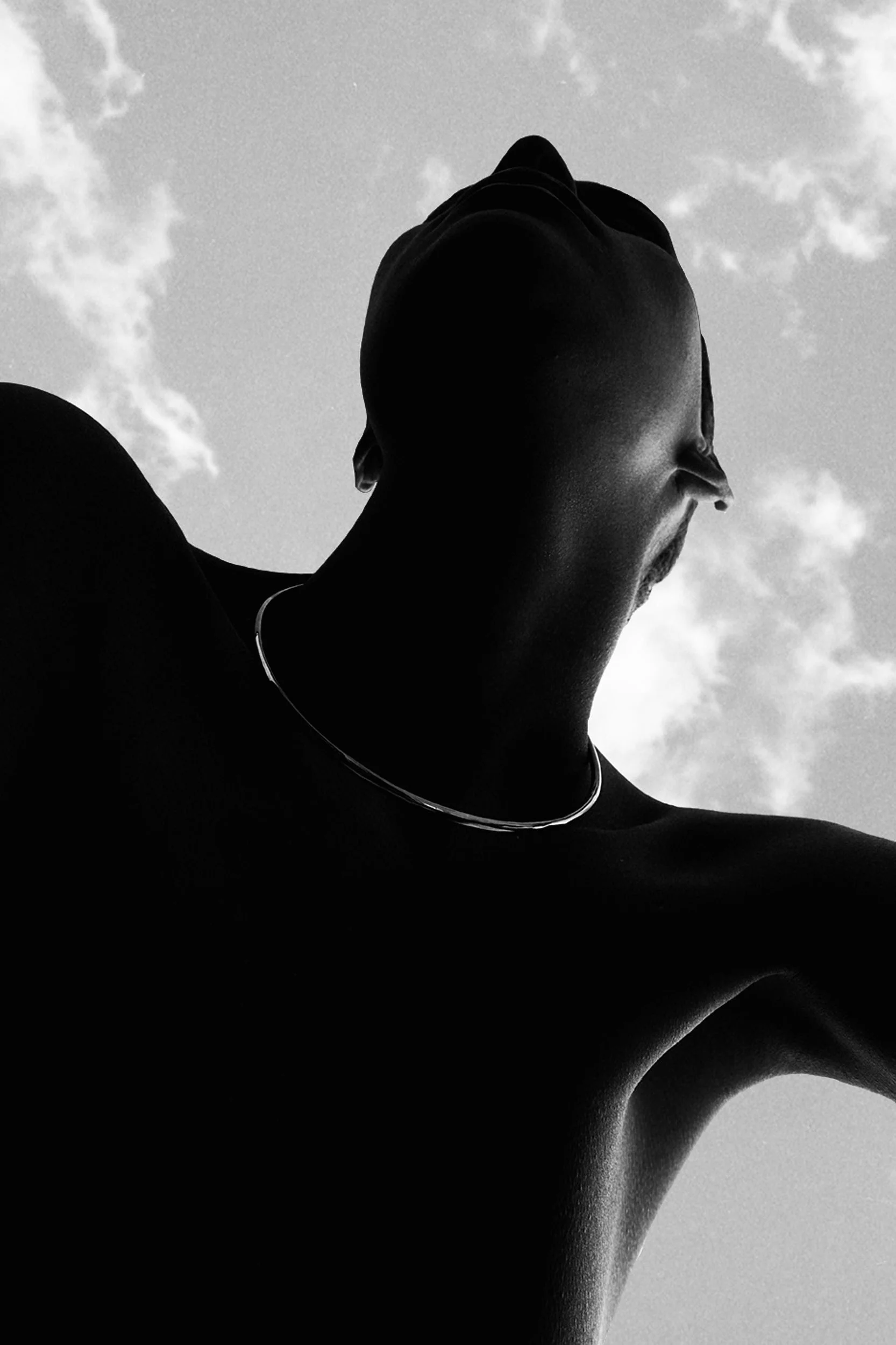A Distorted Beauty ⏤ In Conversation with Alexander Wessely
Swedish photographer Alexander Wessely explores the symbiosis between conceptual fashion photography and classical Greek sculptures. Whilst his photography pays homage to the obscurity of Sweden’s winter nights, his recent project reaches back to his roots: Greece. Within both mediums, light and darkness bond together in a seamless circle, creating surreal silhouettes - sharp outlines of constructed form.
JS: Before we dive into your work and career as a photographer, could you please put us back in time and tell us more about the actual moment or event that first triggered your interest to become a photographer?
AW: My whole life, I've always been looking for different ways to express myself. Around 16 years of age, I got the opportunity to try a DSLR camera for the first time. It changed the way I viewed a lot of things and made it possible for me to create in a more limitless way. Since then, the camera has been my main tool for creating.
JS: Light and darkness seem to play an important role in the way you approach photography. Could you tell us more about where you take your inspiration from?
AW: The night has always been a driving force for me. The silence and darkness, especially when being home in Sweden. It is very special to me.
“The night has always been a driving force for me.”
— Alexander Wessely
JS: When it comes to fashion photography, the choice of garments seems to play a major role in your work. The draping, as well as the volume of the designs, create one-of-a-kind silhouettes. What do you set in focus when arranging a picture?
AW: Shapes and light are always my focus. I approach the garments almost like a tool to create interesting shapes and silhouettes. And the light to set a mood and to accentuate certain contours.
JS: Within your portfolio, you showcase portraits of renowned, international Artists like Avicii. How do you choose your projects and their approach?
AW: I often prefer to work with artists that have a very different aesthetic than me. To dive into their world, change it and bridge a gap between two separate dimensions is very intriguing to me.
JS: A fair amount of your images are shot with a worm’s-eye view, which makes the models appear like otherworldly creatures. How do you decide on the perspective?
AW: I want to put my subjects on a pedestal, almost like they are gods - somewhat inhuman.
“I want to put my subjects on a pedestal, almost like they are gods - somewhat inhuman.”
— Alexander Wessely
JS: You tend to distort images in post-production. What triggers this willingness to manipulate? Is there a specific emotion or message that you are hoping to communicate when editing your photos?
AW: I love the idea of challenging the viewer... I want you to ask yourself if it is real or not.
JS: Creator of Mediums. You recently ventured out into the art world, exhibiting your second show ‘Corpus’, where you seek inspiration in classical Greek sculptures. Could you please tell us more about the items displayed and the idea behind?
AW: The exhibition throughout was a study in sculpturing through photography. It was a homage to my Greek heritage and large interest in mythology.
I took photographs of different humans and animals and digitally sculpted them into something similar to an ancient sculpture. I later printed these photographs on metal and mounted them on solid marble that was set in rusted steel installations. This way you had to treat the photographs like they were actual sculptures. Ancient sculpture met modern technology.
JS: What’s next for Alexander Wessely?
AW: I have been working on my upcoming exhibition for almost 18 months now and will hopefully display it the Spring of 2019. I’m also working on a very exciting artist project that means a lot to me and which will be unveiled in the next couple of months...



















